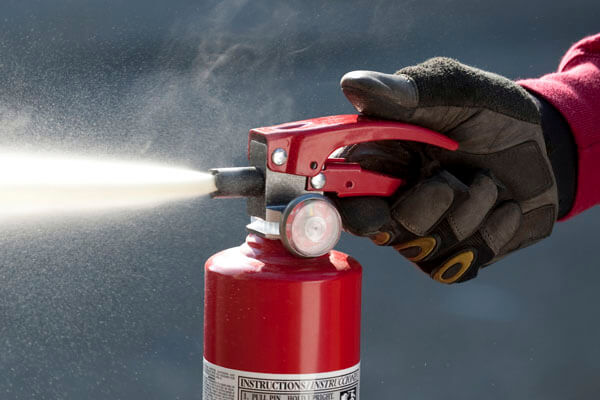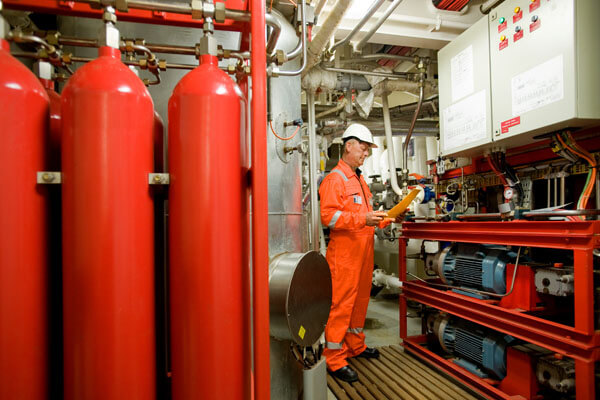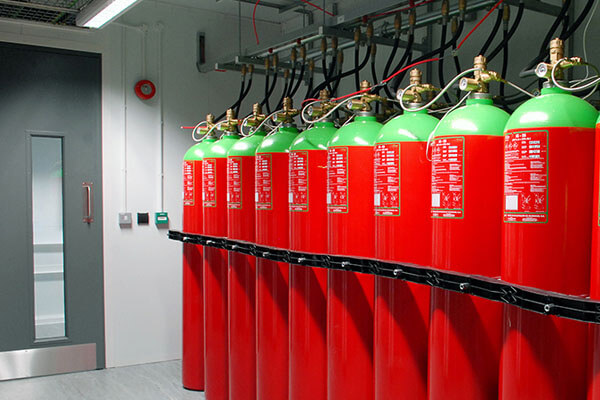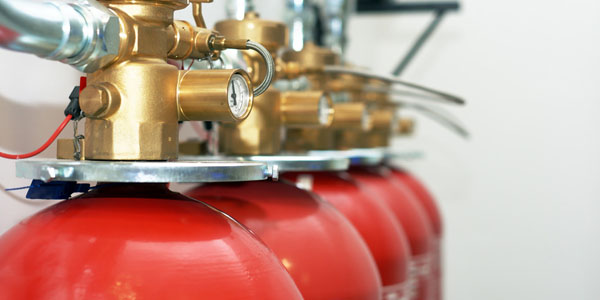INTRODUCTION:
A key component of fire prevention and control is the use of fire extinguishers, tools designed to put out flames safely and efficiently.
However, not all fires are the same, and in order to deal with them properly, it is necessary to know the different classes of fire and the specific extinguishers that must be used.
It is mandatory to indicate on the label of extinguishers their extinguishing capacity and the class of fire for which they were designed.
According to the European standards, there are 5 classes of fire:
CLASS A : → includes all fires arising from solid materials, such as wood, paper, coal, leather, plastic materials, rubber and all derivatives.
The most suitable extinguishers for fighting these fires are foam extinguishers or powder extinguishers.
CLASS B :→ concerns fires caused by flammable liquids such as petrol, oil, paints and solvents.
For this type of fire, powder extinguishers, CO2 extinguishers and above all foam extinguishers are recommended, since it acts by suffocation.
CLASS C : → refers to gas fires, such as methane, LPG, hydrogen, acetylene, butane and propane. These are very dangerous fires, since there is a risk of explosion if this fire is extinguished before the gas is intercepted.
Therefore, it is recommended to use powder extinguishers or CO2 fire extinguishers.
CLASS D : → involves fires caused by flammable metals such as magnesium, titanium, sodium, lithium, potassium and aluminium. These fires are difficult to put out due to the high temperatures.
For this reason, the most recommended extinguishers are powder extinguishers.
CLASS F : → includes fires caused by combustible oils of a vegetable or animal nature, such as those used in cooking.
For this class, extinguishing agents generally extinguish by chemical action.
DO YOU HAVE ANY QUESTIONS ABOUT?
Don’t wait to contact us now by sending an email to info@bio-genesis.it! Our experts are at your complete disposal to guide you in choosing the most suitable product for your fire-fighting needs.





